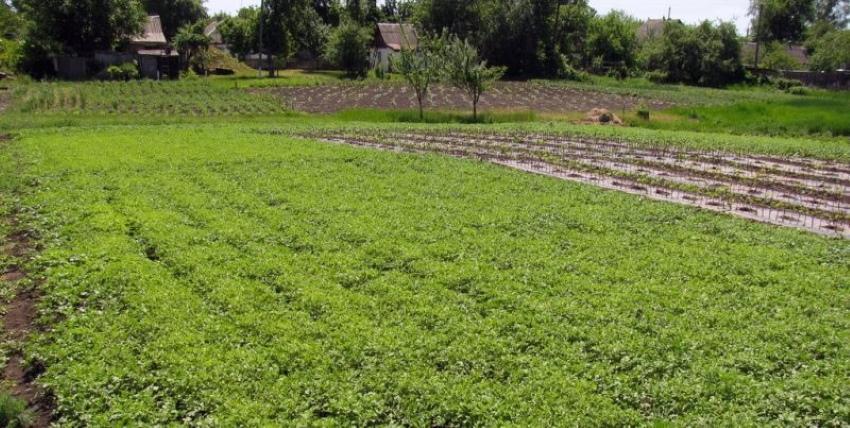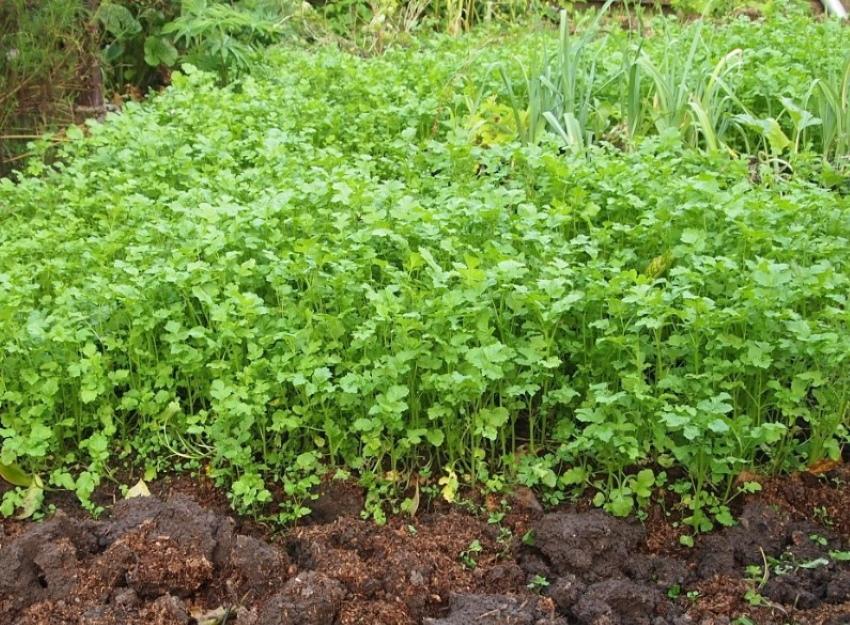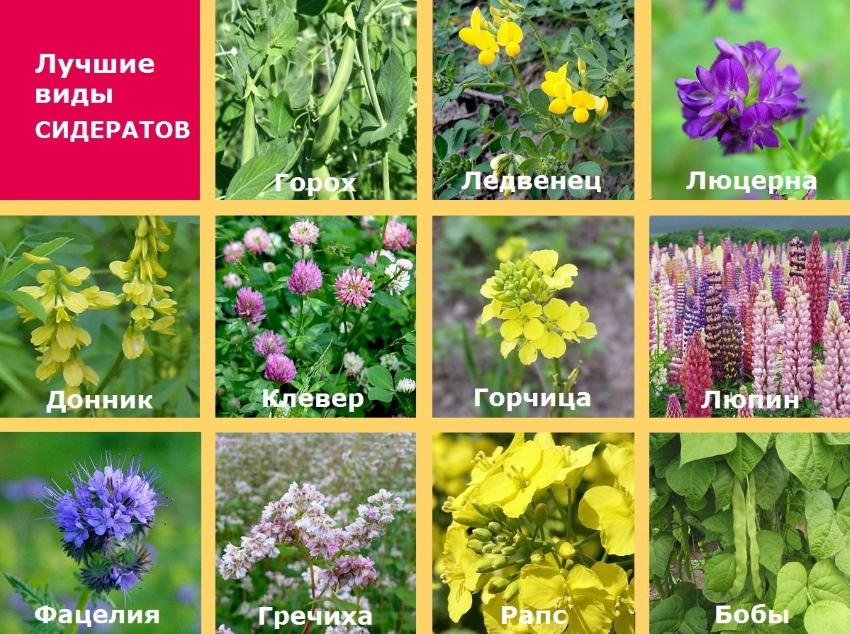What is green manure for the garden or how to fertilize the soil without chemistry
 Have you decided to start gardening and grow natural and organic products? Then it won't hurt you to know what green manure is for a vegetable garden. Even the richest soil every year loses some of the nutrients that crops growing on it take away. Do not forget about the weeds, which additionally draw out juices and take up empty plots by self-seeding. Siderata will help to solve two problems at once. They will not allow weeds to "roam", simply leaving no space for them. They will also serve as an excellent natural fertilizer and help to fill the deficiency of useful elements.
Have you decided to start gardening and grow natural and organic products? Then it won't hurt you to know what green manure is for a vegetable garden. Even the richest soil every year loses some of the nutrients that crops growing on it take away. Do not forget about the weeds, which additionally draw out juices and take up empty plots by self-seeding. Siderata will help to solve two problems at once. They will not allow weeds to "roam", simply leaving no space for them. They will also serve as an excellent natural fertilizer and help to fill the deficiency of useful elements.
What is green manure for the garden

So, thanks to the siderates, you can significantly improve the condition of your garden or garden, namely:
- inhibit the growth of weeds;
- protect the land from drought, overheating or cooling;
- improve the structure of the soil and make it looser;
- prevent or make up for the loss of nutrients and trace elements;
- protect the garden from pathogenic bacteria and pests;
- lower acidity;
- to provide food for underground microorganisms (worms), which also work for the benefit of the vegetable garden.
The bulk of green manures are annuals, but there are also fast-growing perennials, such as legumes. Most crops are planted in the spring in an empty area, and they can also be sown between garden beds. Cold-hardy green manures are planted before winter.
Types of green manure
 There are up to 300 types of crops that can be used as green manure. Most often, the following plants are planted in the garden:
There are up to 300 types of crops that can be used as green manure. Most often, the following plants are planted in the garden:
- Legumes. They can improve the structure even on loams and heavy clay soils, enriching them with nitrogen. Plants are frost-resistant, some even hibernate. Bean siderates include:
- soy;
- beans;
- sweet clover;
- clover;
- sainfoin;
- lupine;
- clover.
- Cereals. Especially irreplaceable in acidic soils, suitable for sandy soil, also cold-resistant. They "return" phosphorus and potassium to the soil and suppress weeds. From cereals sown:
- oats;
- wheat;
- rye;
- barley;
- sorghum.
- Cruciferous. They are used everywhere, except for acidic soils, but they should not be planted where related crops will later be planted. They make phosphorus more accessible for absorption, repel insect pests. Of cruciferous siderates, they are often planted:
- rape;
- oil radish;
- mustard.
In addition, there are also hydrophilic siderates (phacelia) and buckwheat (buckwheat). Less often, but also used for these purposes are amaranth (shiritsa, amaranth) and aster (marigold, sunflower) plants. It is these crops that can be found not only in the gardens, but also in the fields. The main thing when growing green manure is to mow and embed them in the soil in time. If the seeds are allowed to set, helpers can turn into annoying weeds, drowning out the crop beds.